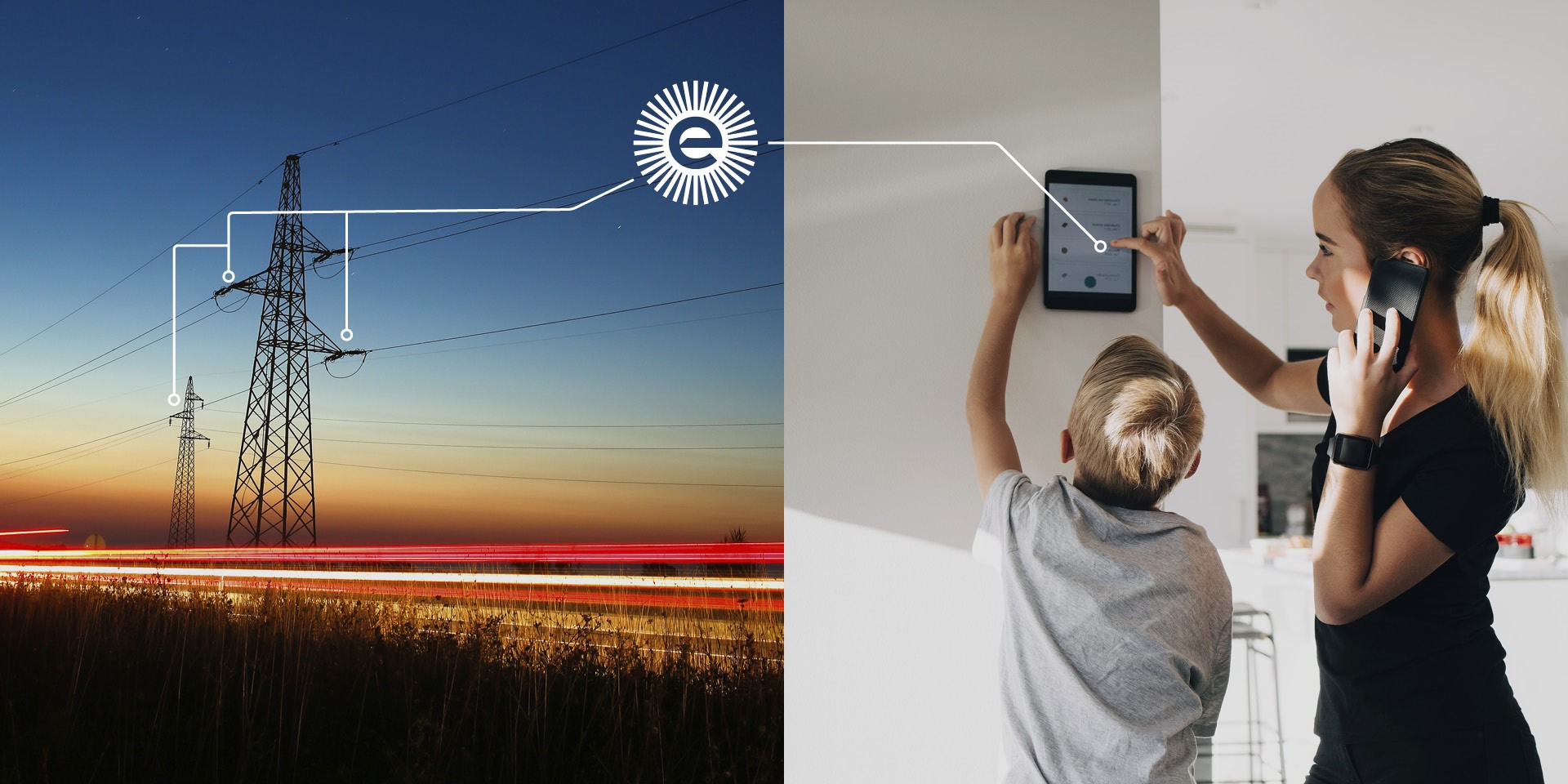The Swedish energy sector faces a major change when the legislation starts to require metering of the energy consumption by the hour and even with 15-minute intervals, which is already running in Finland. This is just one of multiple changes on the electricity market. How should Swedish energy companies prepare for the energy market of the future when no one really knows how it will look? A tried and tested standard solution that is tailor-made for the energy industry – that is a good start.
Step 1: Move to cloud based services
The first step is to abandon dependence on your own servers and systems and instead invest in a SaaS solution, where all of the energy data is managed in cloud services that are scalable. The scalability will be important in the future, since the energy industry will be significantly more dynamic than before.
“The flexibility will need to be on several fronts, not least in the energy companies’ business models. With the electricity price swinging up and down, the electricity companies need to create new products and offers. The competition between electricity traders will also increase. Those that succeed in offering good services will also take market share,” says Per Malmberg, Sales Director at Enerim, a market leading system supplier for the energy sector in the Nordic countries.
Step 2: Collect everything on one platform
Finland is far ahead of Sweden when it comes to SaaS solutions for the energy industry, and this is because of legislation that has long set strict requirements on energy companies, including on the collection of metering data. In recent years, Enerim has guided some 40 energy companies through the energy transition, and helped them take the step from the traditional handling of energy data in their own servers and systems to smarter cloud based services.
“The reason why Enerim has become so popular in Finland is because we have succeeded in integrating important systems for the energy sector in the same modern platform, and these communicate with one another and with other integrated systems. This is a standard solution that is tried and tested by now, which makes it a very interesting alternative for Swedish energy companies. They don’t need to reinvent the wheel”.
Step 3: Select an expert system supplier
Per Malmberg hopes that Swedish energy companies check up on the experience, delivery capability and commitment when they select a system supplier.
“Enerim has delivered many projects whilst the market in Sweden has been rather stagnant. With 40 satisfied customers in Finland, solid industry experience behind it and a whole-hearted commitment to the development of the European electricity market, Enerim provides excellent support for energy companies that want to future-proof their business.”
Step 4: Put the data quality in order before migrating
The better the data quality the energy company has the easier the migration to Enerim’s platform will be and the automated process will function all the better. In other words, it pays to build the data quality, to know your data models and to clean data in the system before migrating to Enerim.
“Usually, we install and commission the system for a customer in just over a year but, of course, this depends on how many resources the customer offers and whether there are many integrations that need to be built,” Malmberg says.
Step 5: Invest in a standard solution that can be developed further
Enerim has developed a standard product that is the same for all customers. Of course, the company can also deliver the functionality for specific needs but all customers basically use the same platform.
“There are many price advantages with a standard solution. For the energy sector, where we see that companies are unsure about which solutions they will need, selecting a standard solution that has been shown to work well for others in the industry is reassuring. At Enerim, we can then further develop this solution in step with changes in the industry and customer needs.”
